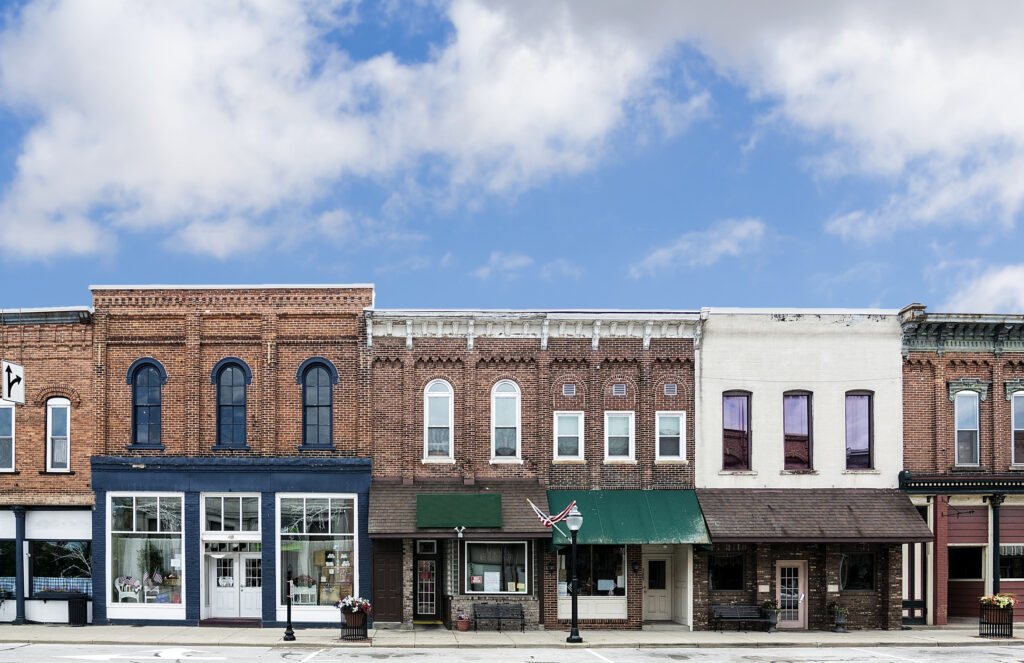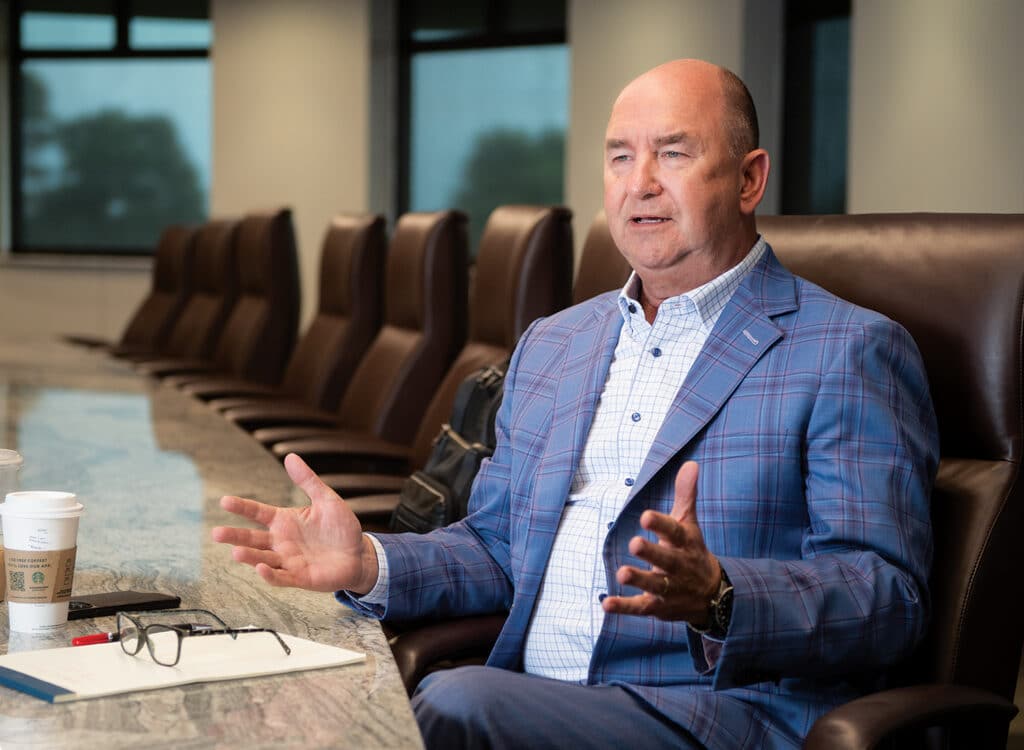Iowa’s rural economy shows continued growth behind strong farmland price performance

BUSINESS RECORD STAFF Sep 20, 2021 | 7:54 pm
2 min read time
412 wordsAll Latest News, Economic Development, Statewide NewsIowa’s rural economy strengthened this month as farmland prices and hiring performed more strongly than in the prior month, according to a monthly survey of rural bank managers and CEOs.
According to Creighton University’s Rural Mainstreet Index, released Sept. 16, Iowa’s index rose to 65.3 in September, up from 61.9 in August. Iowa’s rural economy fared better than the overall region, which saw a decline for the fourth straight month.
The survey is an early snapshot of the economy in agriculturally and energy-dependent areas of the country. It covers 10 states and focuses on about 200 rural communities with an average population of 1,300. The index ranges between zero and 100, with 50 representing neutral growth.
In Iowa, the index rebounded from last month, and was higher than the 64.6 it recorded in July.
Much of that growth was in the state’s farmland price index, which jumped to 87.1, from 71.1 in August. The new-hiring index grew to 68.6, up from 66 in August. Both were also higher than in July.
According to the survey, Iowa’s nonfarm employment has expanded by 3.2% over the past year.
For the 10-state region, the reading fell to 62.5, down from 65.3 in August for the fourth straight monthly decline.
Despite the drop, the index for the region remained above growth-neutral for the 10th consecutive month.
Ernie Goss, the Jack A. MacAllister chair in regional economics at Creighton, said the rural economy has been supported by solid grain prices, growing exports and record low interest rates.
“USDA data show that 2021 year-to-date agriculture exports are more than 27.6% above that for the same period in 2020,” Goss said in the report. “This has been an important factor supporting the Rural Mainstreet economy.”
Regionally, the farmland price index rose to a record high of 85.2, up from 76.6 in August.
The new-hiring index slipped to 67.9 from 70.3 in August, and labor shortages remain a top concern for rural businesses, the index showed.
The home sales index fell sharply to 71.4, from 84.4 the prior month, and the retail sales index climbed more than 4 points to 58.9, the survey showed.
“Healthy farm prices and federal stimulus spending are having very positive impacts on Rural Mainstreet retail sales,” Goss said.
CEOs’ expectations for the rural economy were optimistic for the next six months, which was reflected in the confidence index, which rose to 65.4, up from August’s 59.7, the first time since May that it has increased.








